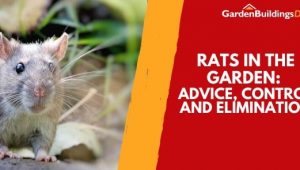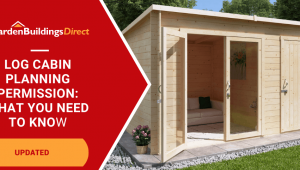Jump to:
You don’t have to head out into the woods to observe wildlife. With a wildlife-friendly garden and a useful garden building, you can create your own wildlife-watching spot right in your backyard.
These tips work on a wide range of garden buildings, but if you haven’t bought one yet, here are your main options: Choose a shed for clever storage and easy conversion, a log cabin for a cosy retreat, or a summer house for bright views.
1. Make your garden more inviting
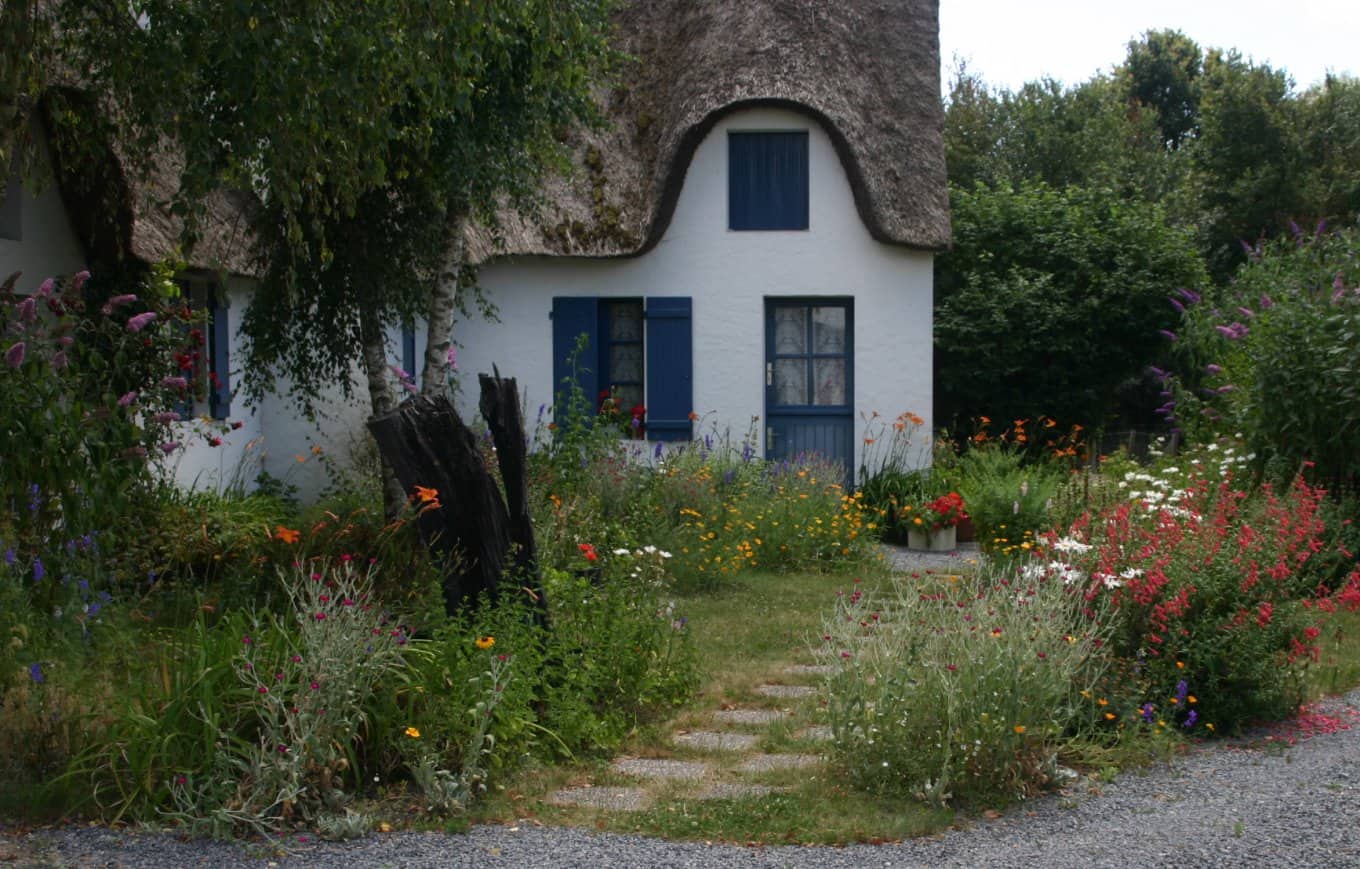
(Image Credit: Wikimedia Commons)
Before setting up your garden room, you’ll want to ensure that your outdoor space is ready to welcome wildlife. Start by adding plants to fill empty spots and create open pathways that link different areas. For instance, clear narrow strips of grass or soil between the beds and ponds so creatures like frogs and newts can move around more easily.
Planting a variety of species will also attract more wildlife. Think about adding glades, flowerbeds, or marshy areas with plenty of wildflowers to provide natural cover around your wildlife-watching spot.
2. Grow the right plants
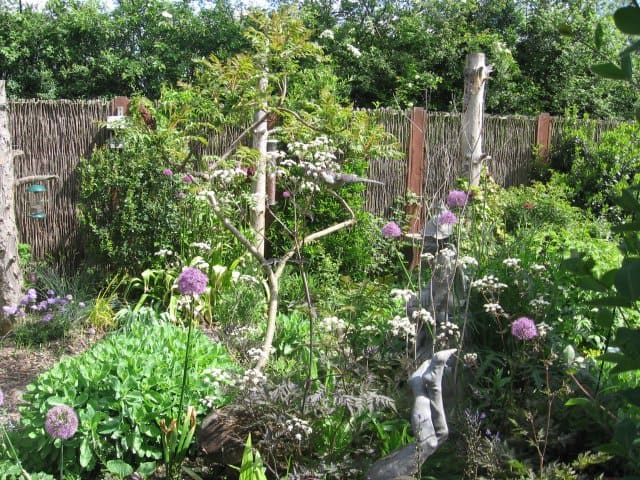
(Image Credit: Wikimedia Commons)
As mentioned, plants play a big role in attracting wildlife. Choosing the right species is important to increase the chance of attracting wild animals to your garden.
The rule of thumb is to create a diverse space. The more variety of habitats you have, the more types of wildlife you’ll attract. Consider a mix of foliage and flowers, with plants with different leaf colours, textures, and shapes.
For instance, taller bushes and trees in one area will give birds and mammals a place to shelter and nest. Meanwhile, lower flowering plants mixed with uncut grass and wildflowers provide food and ground cover for bees, butterflies, and insects.
You can also choose fast-growing plants like sweet-smelling Jasmine or Clematis. They’ll quickly add beauty and climb towards the tall grasses and your garden building’s roof.
3. Install a water feature
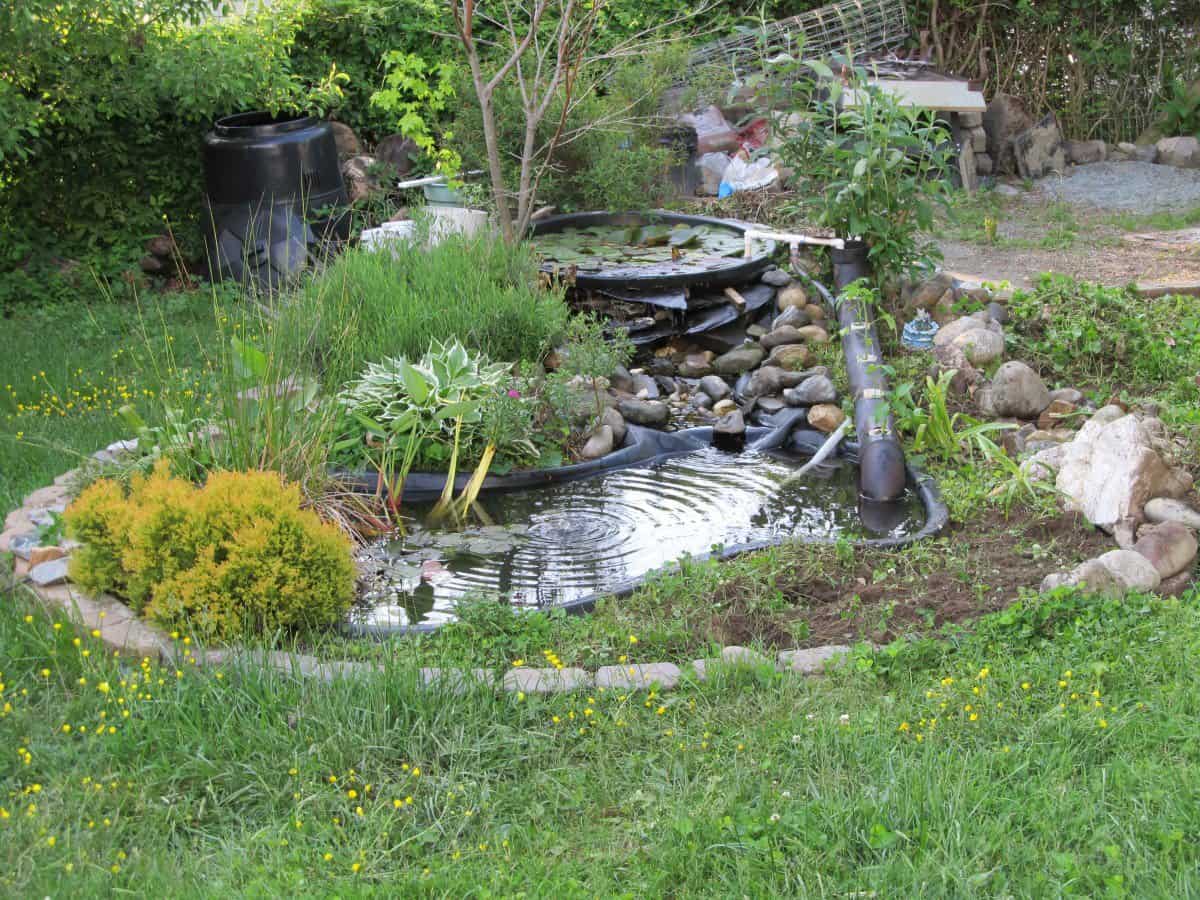
Top up your wildlife-watching room with a steady source of freshwater through a water feature. Placing a birdbath, small pond, or waterfall near your garden building will help hydrate birds, hedgehogs, and other animals, encouraging them to stick around.
Be sure to change the water in your feature regularly to keep it fresh and clean. This helps prevent algae buildup and ensures that animals can access clean drinking water.
4. Paint your garden building
Avoid bright colours to make your birdwatching hut blend with the surroundings. Instead, opt for earthy tones like greens, browns, or greys for a natural camouflage finish. You can also paint your outdoor structure in shades that match your planting scheme. Grey and brown hues, for one, work well to complement various plants.
5. Grow vines and climbers
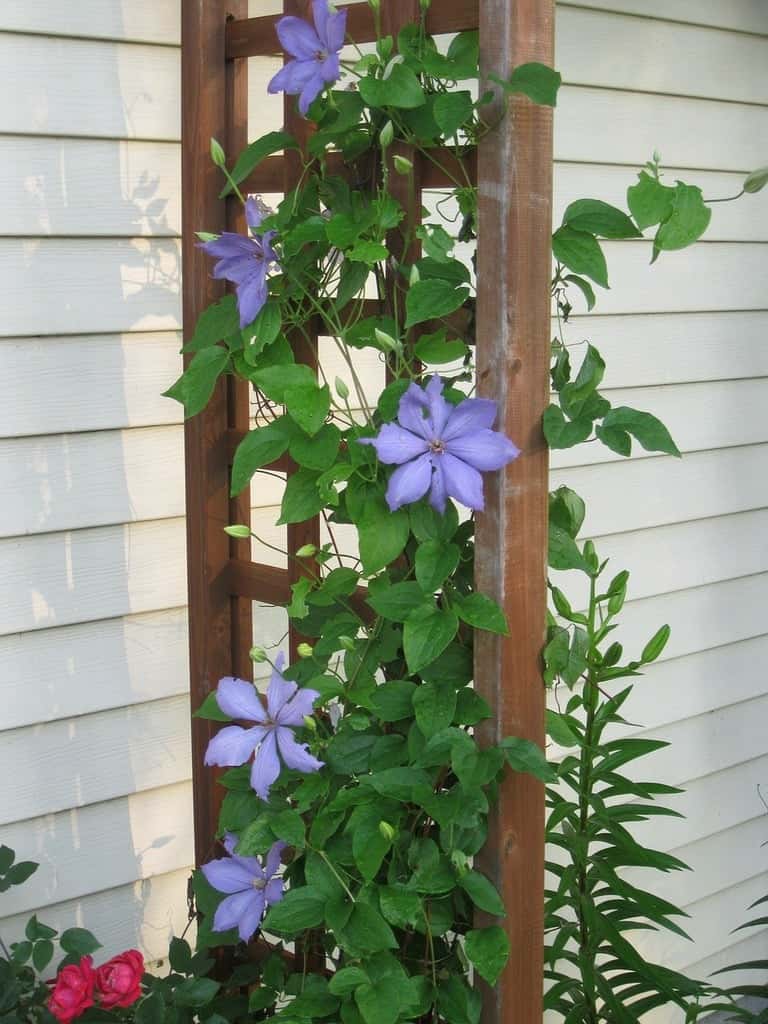
Training vines and climbers around the walls of your garden building is a great way to hide it from wild animals like squirrels and hedgehogs. To do so, attach some brackets or a wooden lattice to support climbing plants. This hides the building from view and adds natural cover for birds and insects. Regularly trim the vines and ensure they’re well-supported to maintain a tidy look.
6. Create a green roof
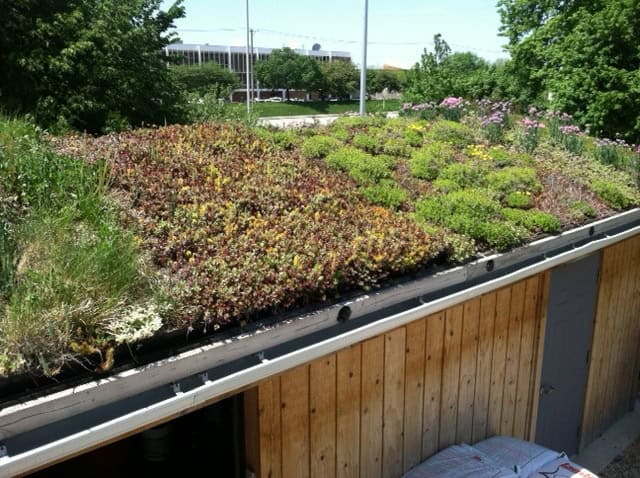
(Image Credit: Wikimedia Commons)
Creating a green roof is another great way to disguise your outdoor structure while attracting wildlife. This is a worthwhile project if you love to DIY, and it’s easy to make!
Build a frame about 30 cm deep over your garden hut. Line the frame with a waterproof sheet, then add a moisture blanket and a filter sheet. For the soil, mix clay granules with sand and topsoil.
Choose spring-flowering plants like primroses and bluebells to cover your green roof. Such varieties will surely attract caterpillars, bees, and other insects to enjoy their nectar and foliage.
7. Create an opening to watch wildlife from inside
After buying and setting up your wildlife watching garden room, you can enjoy observing various species! Create an opening, like a window, so you can watch or photograph the animals visiting your space.
Place the opening at a height that allows you to view comfortably, whether standing or sitting. If you’re into bird-watching or monitoring wildlife, consider adding a table where you can take notes and record your observations.
Make sure you equip your birdwatching space with comfortable outdoor furniture to really enjoy your experience.
There you have it! We hope these tips help you enjoy wildlife-watching right in your own garden. If you haven’t found the perfect spot yet, browse our range of garden buildings to find the right one for you.
Up next on your reading list: Awesome Wildlife Garden Ideas


